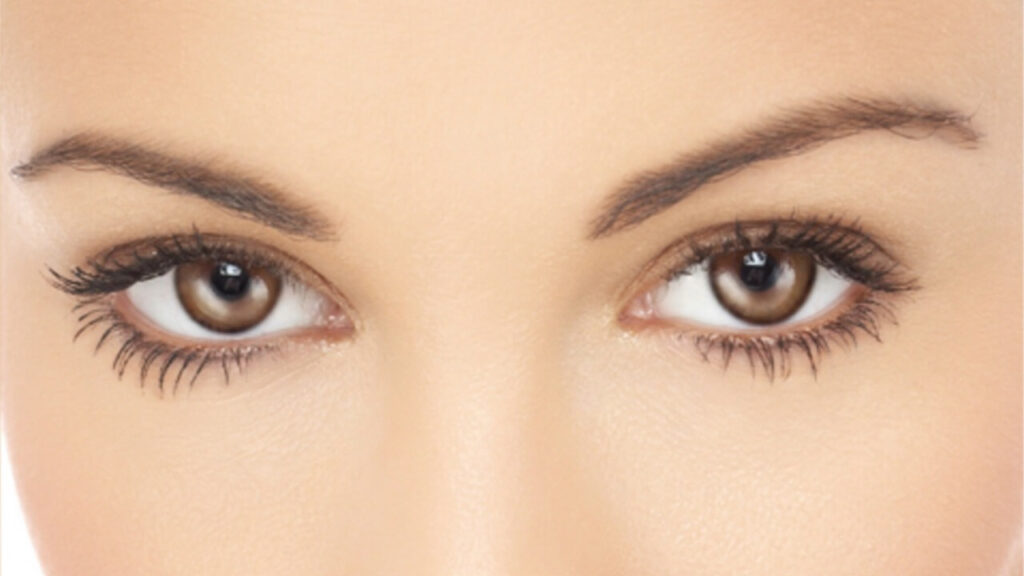
The desire to maintain a youthful appearance is deeply ingrained in our modern society. Eyes are the focal point for the face and are one of the first areas to show signs of aging. The skin around our eyes is extremely thin and delicate, so it is not surprising that our eyes are one of the first areas of our body to show tell–tale signs of aging and fatigue which includes dark circles, “crow’s feet”, bags, and swelling. Eyelid surgery (blepharoplasty) is the “gold standard” for rejuvenation of the eyes. According to reports from the American Academy of Facial Plastic and Reconstructive Surgery, the popularity of blepharoplasty continues to grow.
While eyelid lifts can make a tremendous difference in our appearance with long-lasting results, for those people who are unable to undergo surgery, there are a number of other options that can rejuvenate the eyes.
Aging Around The Eyes
“Crow’s feet” are tiny, hair–thin lines that surround our eyes. Over time, they gradually become deeper and more noticeable. These lateral canthal lines, as they are also known as, are both dynamic (movement) and static (resting) wrinkles and lines. Dynamic muscle activity such as squinting to protect the eyes from sunlight and to prevent particles from getting into our eyes can cause wrinkles to develop. These muscles (orbicularis oculi muscles) also help to aid in reflecting our motions of happiness or pain. Environmental factors such as sun and wind can also take their toll on the skin around the eyes, resulting in eyelid tissue losing collagen and elastin which reduces skin elasticity and results in irregularities, excess skin, wrinkles, and folds. For women, menopause can also affect your skin. During menopause, many women suddenly are deficient in their main estrogenic hormone, B–estradiol. This deficiency can result in a breakdown in supportive fat that lies underneath the skin surface and can subsequently result in a sagging and wrinkled appearance.
Solutions for Youthful Eyes
The good news is that there are a number of treatments that we can use to treat and help prevent “crow’s feet”. There are a variety of eye creams on the market to help prevent and camouflage periorbital wrinkles and “crow’s feet”. Personally, we like Effuleger Eye Serum, because it contains antioxidants and jojoba lotion. Eye creams such as these hydrate the skin and result in “plumping” of the eyelid skin, decreasing the wrinkles and fine lines. Unfortunately, this hydration and plumping is not permanent, but does last 8-12 hours. Using a sunscreen with an SPF 30 or above can help reduce the negative effect of ultraviolet light, which results in breakdown of collagen and elastin, facilitating development of “crow’s feet”.
While surgery is considered the standard for aging eyes, there are a host of other options that can rejuvenate eyes and bridge the gap between surgery and eye creams:
Botox
Neuromodulators like Botox and Dysport can relax the muscles around the eyes (orbicularis oculi muscles) and are a very popular way to remedy “crow’s feet”. Their affect is not permanent, but lasts 3-4 months on average and is a simple procedure that can be performed in the office.
Fillers
Dermal fillers such as hyaluronic acid–-based fillers have been developed which can be injected around the eyes to help tighten the skin, smooth the contour, and reduce the “crow’s feet”. The effects are not permanent, but in selected patients, they can provide excellent results.
Fat Grafting
For individuals who do not desire to use hyaluronic acid–-based fillers, fat grafting may be an alternative. In these cases, the patient’s own fat is removed and processed and then injected with special cannulas to provide contouring around the eyes. They can be especially effective in helping to add volume and to reduce under–eye hollows. The advantage is that it is your own tissue (autologous).
Lasers and Chemical Peels
Lasers and chemical peels such as phenol based peels and trichloroacetic acid (TCA) peels can be an effective way to rejuvenate the skin around the eyes. The peel or laser removes the top layer of the skin and penetrates into the deeper layers, stimulating production of new collagen. An ointment such as Vaseline is applied to the treated area several times a day for the first week. Most people are able to return to normal activities and apply makeup within 7 days. The procedure is usually performed as an office procedure and, in selected patients, can provide excellent and long-lasting results.
Follow us on Facebook for more tips on health and wellness every week
.
For information on procedures and wellness, visit our collection of free, downloadable eBooks